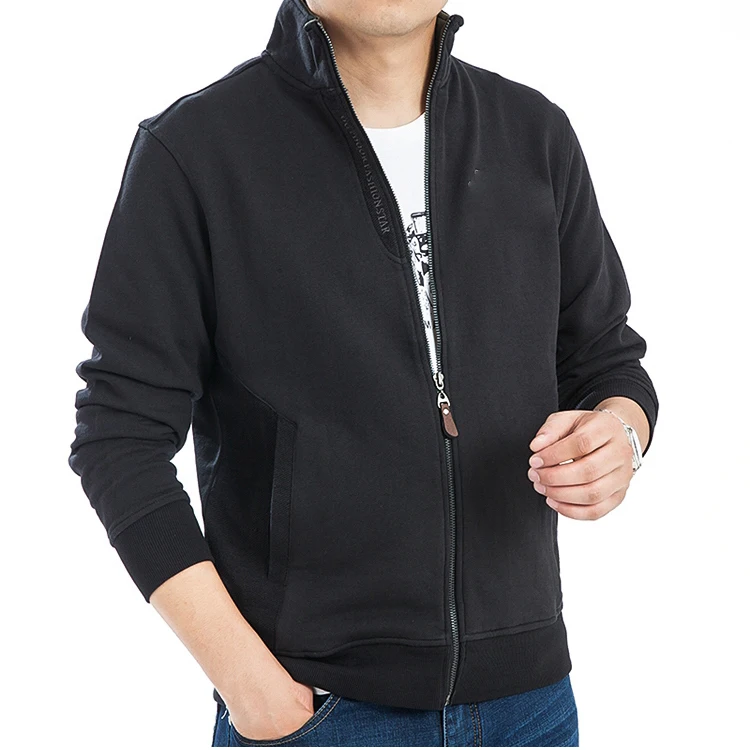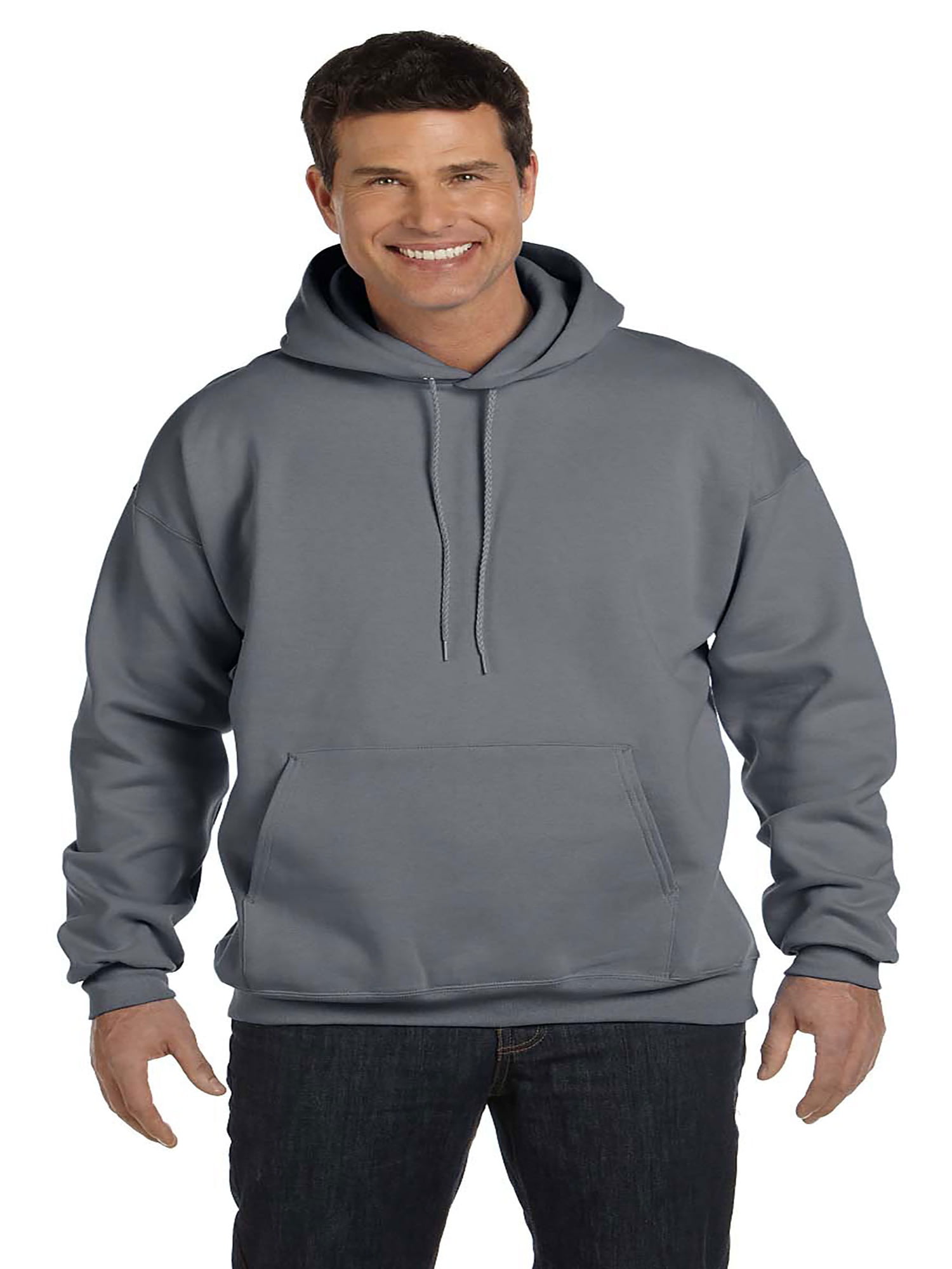What To Look For When Buying the Sweatshirt

Sweatshirts are long-sleeved tops that are constructed from thick cotton fabric. They are usually worn casually and are not as dressy as sweaters or cardigans. They do not usually have a hood. If you're interested in buying a sweatshirt, here are some suggestions:
Norma Kamali sparked the appeal of sweatshirt s
Since the end of the 70s and into the late '70s, Norma Kamali has transformed the basic sweatshirt into an art form. Her designs are now the staple of almost every woman's closet. Her distinctive designs include tummy-tucking t-shirts to a crew neck , to leather paneled sweatshirts. She has also created clothing in unusual forms, such as tanks with long trumpet skirt.
The collaboration of the designers and sweatshirt manufacturer Everlast led to her Timeless line, which became a huge hit when it was featured in Spiegel's spring 2006 catalog. The collection offered interchangeable and convertible knits in classic silhouettes and many of the pieces were priced under $20. Even even if Norma Kamali's Timeless collection was not available in stores, fans could still find these pieces on eBay or Poshmark.
sweat shirts feel more comfortable than soft sweatshirts
Merino wool is well-known for its moisture-wicking properties which help to keep you dry and comfortable. It is a natural fibre that also offers a more comfortable feel. The fabric also dries quickly compared to other natural substances. Additionally, merino is a sustainable resource. Merino sheep shed their coats each year, and then grow new ones.
The warmth-to-weight ratio of merino wool makes it an ideal material for sweatshirts. It assists in regulating the temperature of your body due to its loft which naturally retains heat between the fibers. This is the reason Merino wool sweatshirts are ideal for outdoor activities in the summer, like hiking, mountain biking and running. The warmth they provide ensures that the wearer stays well-hydrated and cool, something that is crucial when exercising.
sweater shirts -front hoodies feature kangaroo pockets.

Kangaroo pocket Hoodies are a very popular type of hoodies. These hoodies have a large pocket at the front which keeps your hands warm on chilly days. They're much more practical than traditional pockets as they allow your hands to slide in and out with ease.

Kangaroo pockets are usually large enough to fit a wallet or some other smaller personal items. They are commonly large enough to accommodate a small hand, and can even be sufficient to hold two hands. They are wide on either side and make them ideal for carrying small objects.
French Terry fabric is a very popular material for sweatshirts
The French Terry fabric is composed of soft yarns knitted into loops and are usually mid-weight. It is also famous because of its capacity to absorb away moisture and is pre-shrunk. French terry is a great option for sweatshirts as it will keep you warm when you're in need and helps keep you cool when you need to cool off.
French Terry is also a popular choice for casual wear, as it has enough stretch and flexibility to feel good when you touch your body. It also allows air to circulate throughout the fabric, which makes it ideal for layering underneath other clothing. In addition, because it's lighter than most sweatshirts you can wear it all year round without feeling either cold or hot.
Hoodies have classist connotations
Although it might appear that hoodies are simply an appropriate clothing item for those who are working class but the truth is that they carry classist connotations. Hoodies first became seen in the 70s New York, where graffiti artists wore them to conceal their identities. In sweat shirts made their big movie debut with "Rocky," when the working-class main character was seen wearing hooded gray sweats on his famous climb up the steps of the Philadelphia Museum of Art.
Hoodies are frequently associated with death, destruction, and other undesirable things, and yet they also serve practical purposes. For instance, priests and monks may wear hoods to show respect and a sense of self-control.
